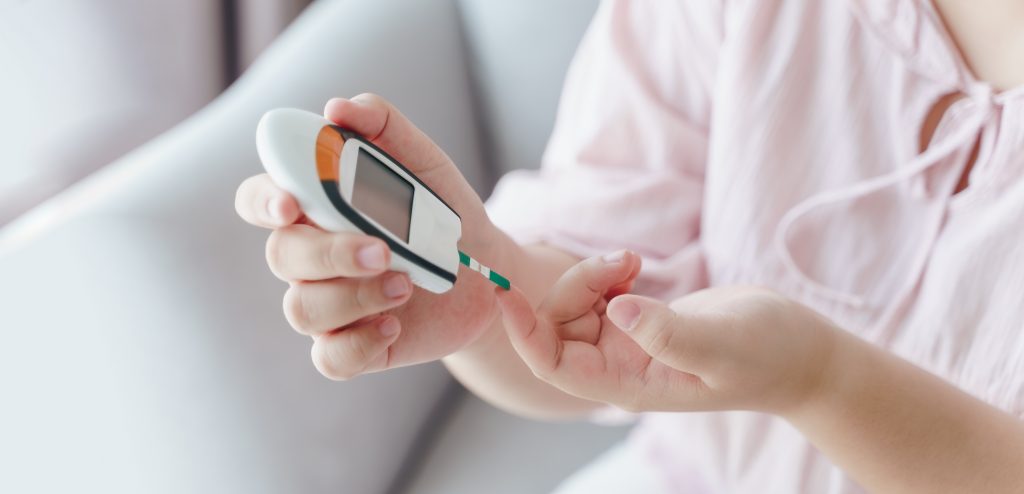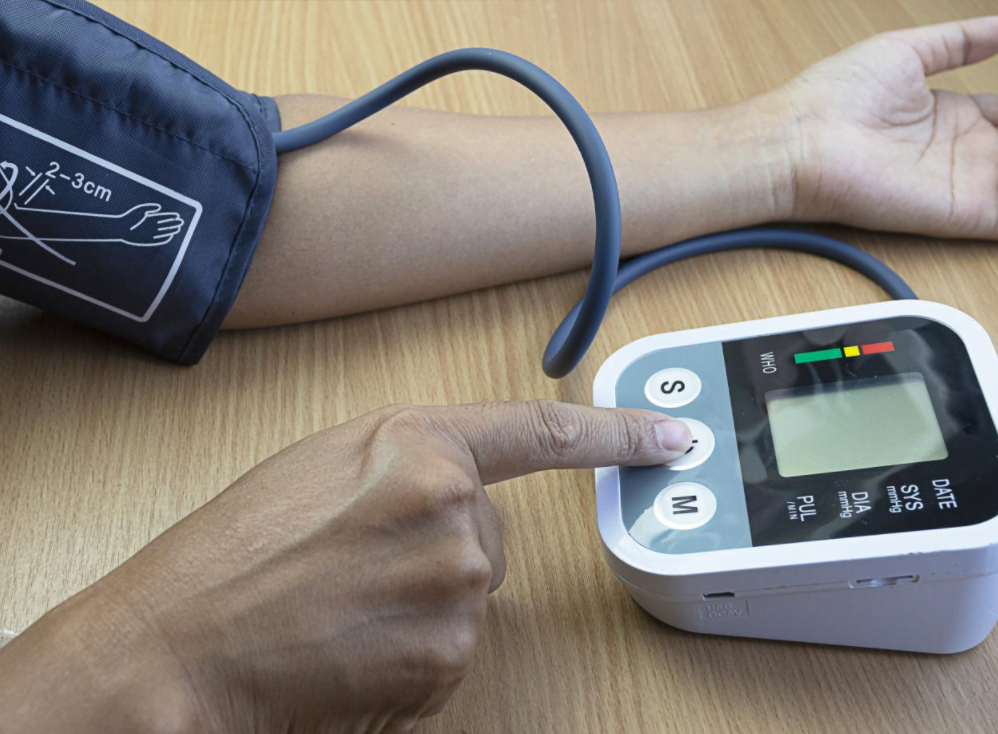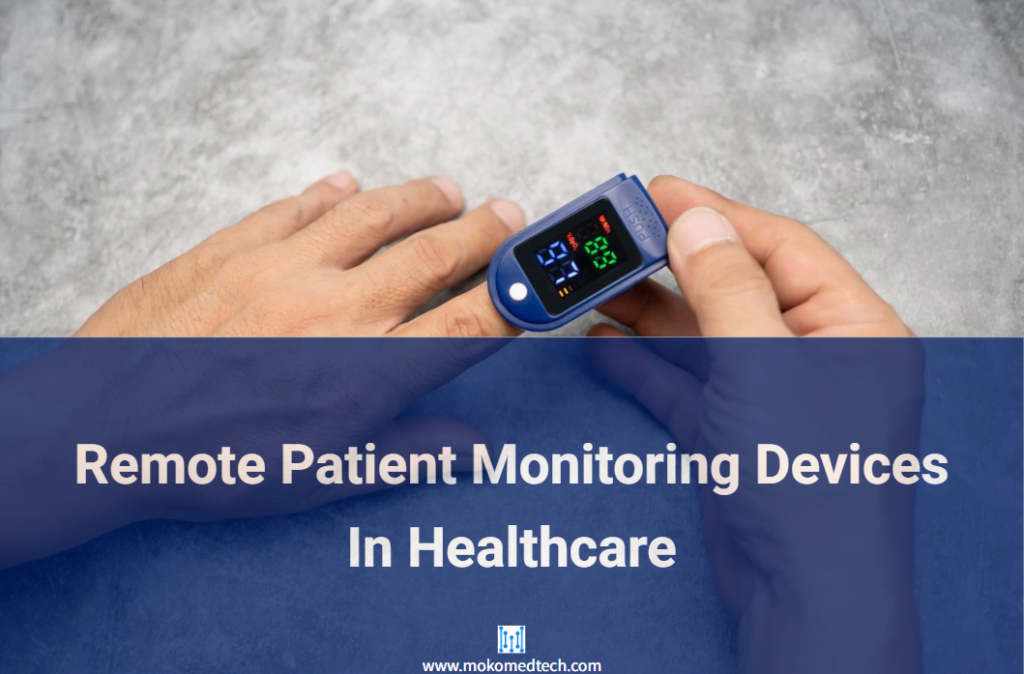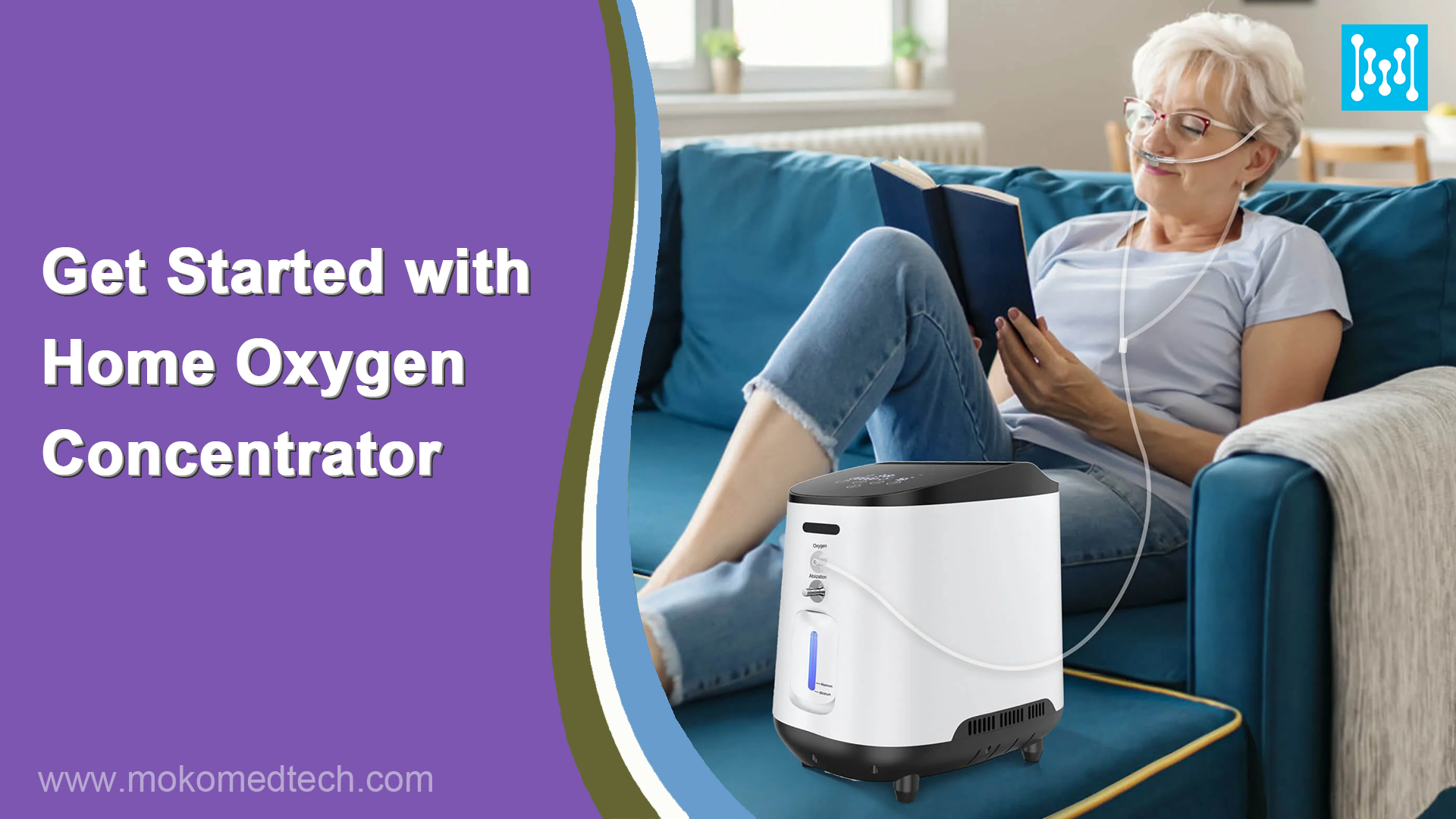Many people go to the hospital when their hearts feel bad, but the symptoms may disappear when they arrive and the ECG results are normal. This kind of disease is used to “hide and seek”. They are not easily detected during the usual physical examination. So this requires patient monitoring devices that can monitor and collect body data at any time in order to keep track of danger signals.
Remote patient monitoring has become increasingly popular during the COVID-19 pandemic. Since people cannot visit hospitals directly during this period, those with chronic diseases and the elderly can monitor and collect health data via remote monitoring devices and transmit it to healthcare providers. They then will evaluate the information and give medical advice and guidance. At the same time, monitoring devices can also play a preventive role. If users monitor abnormalities through the device, they can visit the hospital in time to arrange for a physical examination and avoid the danger to a large extent.
What are remote patient monitoring devices?
Remote patient monitoring devices are used to check for routine health issues through the use of telemedicine services and share information with healthcare professionals for better outcomes. It helps to aggregate all the information and then transmit it electronically to other physicians for evaluation and recommendations. Taking remote patient monitoring can help patients monitor their health indicators, especially those with chronic diseases. Thus avoiding serious health problems and also improving the overall health of patients with chronic diseases.
Such monitoring devices include oximeters, blood pressure cuffs, glucose meters, wearable heart monitors, weight scales, etc. These monitoring devices can monitor various health-related indicators of the user, such as blood pressure, weight, blood sugar level, oxygen saturation, heart rate, respiratory rate, etc. These information records will be sent to the doctors who provide telemedicine. The healthcare provider will then provide the correct diagnosis and treatment to the patients through the use of various procedures such as the ICU, preventive health screening facilities, nursing departments, etc.
Monitoring Devices Classifications
Monitoring devices can be classified according to different monitoring needs, including cardiac monitoring, respiratory monitoring, blood glucose monitoring, pregnancy monitoring, etc.
Cardiac Monitoring
Usually referred to as continuous dynamic ECG. Sometimes cardiac abnormalities only occur briefly, a standard ECG may not monitor the problem since it can only monitor the electrical activity of your heart at the moment. To accurately detect the patient’s condition, doctors often use a continuous dynamic ECG and wear a Holter monitor for the patient. Such ECG allows continuous recording of the heart’s electrical activity over 24 to 48 hours without interfering with the patient’s daily activities.
Respiratory Monitoring
Usually referred to use pulse oximetry to monitor the oxygen saturation in the blood (called SpO2) to see how much oxygen the user’s blood is carrying. This type of device can be used in hospitals, and clinics and can also be provided for home use. During the COVID-19 pandemic, patients and others with chronic diseases also need to use this device to monitor their oxygen saturation as well as their respiratory rate in order to detect abnormalities in a timely manner.
Blood Glucose Monitoring
There are 2 methods of blood glucose monitoring: intravenous blood glucose monitoring and fingertip blood glucose monitoring, which are usually used to monitor the user’s own blood glucose. It can help users to control better their blood glucose changes, which is important guidance for their life patterns, activities, diet, and reasonable medication use. It also helps diabetic patients to detect problems at any time and visit the hospital on time.
Pregnancy Monitoring
It is important for pregnant women to monitor the health of their fetus at home at all times, in addition to going to the hospital for regular maternity checkups. Usually, they use a fetal heart monitor to monitor the fetal heart rate. Based on the baseline fetal heart rate and the trend of variability, a general assessment of the fetal condition in the uterus is made.
Common Examples of Remote Patient Monitoring Devices
There are many remote monitoring devices available in the market today. Common examples of monitoring devices are pulse oximeters, glucose meters, blood pressure cuffs, wearable devices, thermometers, weight scales, ECG monitoring, etc.
Pulse Oximeters
Among the various types of oximetry products, the most common is the fingertip pulse oximeter. These products are usually used for patients with chronic diseases and patients with pneumonia and asthma. Due to COVID-19, the demand for oximeters is gradually increasing. People use it to monitor their blood oxygen levels in order to prevent organ damage caused by hypoxia, especially “silent hypoxia” in the elderly.
Fingertip pulse oximeter is convenient, fast, and non-invasive. It is primarily held on the finger or earlobe by a non-invasive clip to measure the amount of oxygen circulating in the test subject’s red blood cells and pulse rate. The “%SpO2” on the oximeter is the oxygen saturation level. The normal blood oxygen saturation of the human body is between 95% and 100%. The “PRbpm” display is the pulse rate, which refers to the number of pulse beats per minute. The normal human pulse rate is 60-100 beats per minute. If the oxygen saturation is too low or the pulse rate is abnormal, you need to go to the hospital promptly.
Glucose Meters
A glucose meter is a device used to provide diabetic patients with the ability to self-test their blood glucose. The patient places a small drop of blood on a test strip and connects the test strip to the blood glucose meter to read that patient’s blood glucose indicator. These patients need to adjust their insulin control in their body at any time according to the blood sugar level in their body.

Blood Pressure Cuff

A blood pressure cuff is usually used to measure a patient’s heart rate and blood flow. It can help manage many diseases such as hypertension, diabetes, and kidney dysfunction. The home smart blood pressure cuff can automatically complete monitoring and record data to help users keep an eye on their heart status.
Wearable Devices
Wearable devices such as fitness trackers, smartwatches, and the Holter monitors mentioned above, can help users track their heart rate, breathing, steps, and even sleep data. These devices allow for continuous monitoring to help users understand their own physical condition. The users can provide the data to the doctors for review. It helps doctors to use this data to determine and develop treatment plans.
Thermometers
A thermometer can help patients to know their body temperature quickly. Once a fever occurs, the patient needs to make prompt action. Fever is a sign of many diseases, including COVID-19, flu or other infections. For other patients, a fever may be a sign that symptoms are worsening or getting worse.
Weight Scales
Weight scales can help patients track their weight. The change in weight is monitored to determine if the disease is getting worse. If it worsens then intervention is needed. Since obesity is a major risk factor for many diseases, weight monitoring is necessary for certain patients.
The Necessity of Remote Patient Monitoring
With remote patient monitoring, physicians can reach a larger population, and physicians can overcome distance barriers and reach remote areas. It allows us to routinely check the health status of our patients, thus preventing them from suffering last-minute pain. So far, this has helped reduce the number of hospital visits, hospitalizations, and emergencies. It has increased the accessibility of health informatics and treatment. Although it is not comparable to traditional methods of treating diseases, it has made healthcare services more penetrating and effective. Today, therapeutic measures can be used even in areas that cannot be reached at short notice.
Remote Patient Monitoring Market Trends and Statistics
Insider Intelligence estimates that by 2025, 70.6 million U.S. patients (26.2% of the population) will use RPM tools.
Providers using RPM-enabled home health monitoring systems and other telehealth delivery methods are already reducing readmission penalties. For example, the University of Pittsburgh Medical Center reduced the risk of readmission by 76% and maintained patient satisfaction above 90% by equipping patients with tablets and RPM devices.
Seniors are seeing a positive return on investment from RPM technology and home care, due in large part to the high prevalence of multiple chronic conditions in this group. A KLAS Research report surveying 25 healthcare organizations found that 38 percent of healthcare organizations running RPM programs focused on chronic disease care management reported a reduction in hospital admissions, while 17 percent cited cost reductions. The next trend in RPM technology is miniaturization. Device manufacturers are making their solutions smaller and less invasive while partnering with new players to grow their market share.
Conclusion
As the demand for telehealth continues to grow, remote patient monitoring devices are becoming less optional and more or a must-have. Many of these remote monitoring devices have been around for decades. But with the advent of cloud computing and smart devices, it’s easy to take what your patients are already doing/using and make it more useful to all involved to improve health outcomes.












